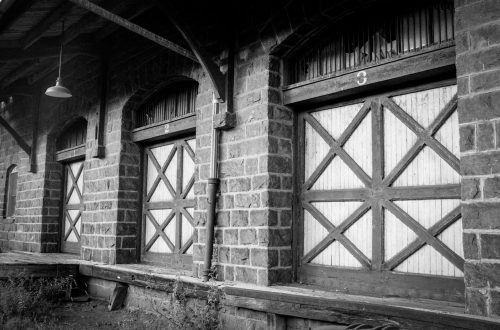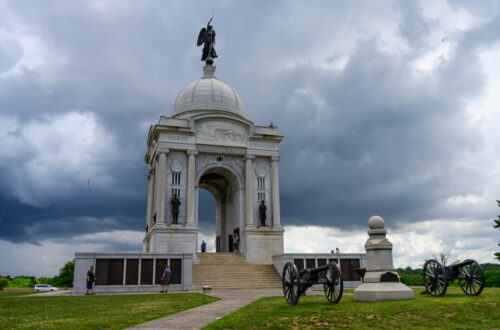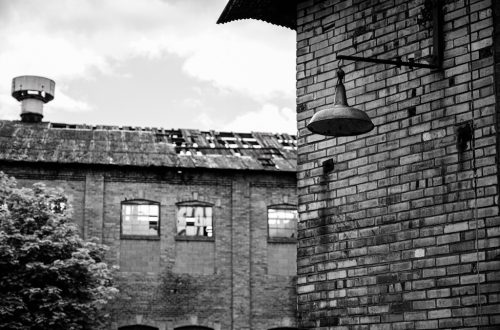Fort Pitt Had A Moat
January is the perfect month to . . . catch up on past seasons of Downton Abbey and read. After I finished “The Day Must Dawn,” I read another historical fiction novel by Agnes Sligh Turnbull, “The King’s Orchard.”
This is the story of James O’Hara, the man who made Mary Schenley (of Schenely Park fame) into a fabulously wealthy heirless by purchasing vast amounts of land in early Pittsburgh decades before he became her grandfather. He was also George Washington’s quartermaster during the Revolutionary War, and he founded the first glass factory in Pittsburgh. “The King’s Orchard” provides a lot of details about how Pittsburgh and Fort Pitt looked before the Revolution, and many of the biggest names in early Western Pennsylvania history show up in the novel, including George Washington. Simon Girty even appears several times, although the main character doesn’t seem too fond of Girty.
Here is a partial list of things that I learned as a result of reading “The King’s Orchard.” I am in the process of doing internet research to verify these and get more details, and I intend to post more in-depth blog entries about some of these:
Fort Pitt originally had a moat.
Fort Pitt was really nice when it was first built, but after only a few years a flood badly damaged it. The fort was torn down in 1792, and it was replaced with Fort Lafayette. (James O’Hara bought most of the brick from Fort Pitt, as well as the Block House.)
The Seneca chief Guyasuta didn’t originally intend to help the British burn down Hannastown; it just sort of happened, and afterwards he was really sorry about the whole thing.
James O’Hara admired Guyasuta.
Hugh Henry Brackenridge grew up poor on a farm in New England. He borrowed other people’s books and saved up enough money to send himself to Princeton. One time, one of the books that he borrowed accidentally got eaten by a cow.
The first time that Hugh Brackenridge saw his wife Sabina, he was a lawyer headed to the courthouse in Washington PA and she was a farmer’s daughter chasing after a runaway cow. He watched her vault over a fence without touching the fence, and he told the other lawyers that if she did it again, he would ask her to marry him. She did it again. Her father said that Brackenridge couldn’t marry her because he needed her to shrub the meadow. Brackenridge paid her father $10 to hire somebody else to shrub the meadow. Brackenridge was worried because he intended to have a career as a politician (and he also later founded the University of Pittsburgh) and Sabina had no education, so after the wedding, he sent her to finishing school in Philadelphia for a year.
Angry protestors almost burned down James O’Hara’s house during the Whiskey Rebellion, but Hugh Brackenridge talked them out of it.
(At this point, Hugh Brackenridge sounded like a more colorful character than James O’Hara, and I began to wish that Turnbull had written a novel about Brackenridge instead.)
James O’Hara came from a wealthy Irish family. His mother was Anglican and his father was Catholic, but Turnbull mentions the Catholic thing about 5 times in the entire 450-page novel. (When she does mention this, it is just sort of slipped into the middle of dialogue.) She mentions his generosity to the first Presbyterian church in Pittsburgh, but during one of my Google searches I learned that he was also a benefactor to the first Catholic church in Pittsburgh. Stay tuned as I find out more about this.



3 Comments
Sarah
“A cow ate my homework.”
That could be an interesting excuse…
Sarah
*ate
Didn’t catch that one soon enough 🙁
Jenny
Sarah, the book has a scene where Brackenridge tells James and Mary O’Hara about his engagement. Brackenridge mentions that his bride-to-be is afraid that she will miss her favorite cow at her father’s farm. Brackenridge says that he hopes that he is more valuable to her than a bovine, because he hates cows and refuses to have one at his house.
Also, I just edited your comment to correct the typo.